Sheepsfoot Roller:
Important Point
The sheeps foot compactor, also known as sheep foot roller is used for compacting, tamping rollers or padfoot rollers, which have many rectangular-shaped lugs or feet.
In road construction works the sheep foot roller used for compacting soil and silty clay.
What Is Sheepsfoot Roller?
The sheepsfoot roller compactor, known as sheepsfoot rollers, are of a vibration and static type roller for compaction of soil with a mixture of all fine-grained clay and sand-gravel.
Sheep foot roller is also known as tamping rollers or pad foot rollers, which have many rectangular-shaped lugs or feet.
In road construction works the sheep foot roller is very good for compacting soil and silty clay.
The resulting compaction of such soils by sheepsfoot roller is probably well for other types of machinery at low moisture content soil.
For protruding studs on the drum, similar to a sheet foot roller, it provides a kneading action.
For cohesive soil, the sheep foot roller is mostly used. For sandy soils, such as heavy clays and silty clays except.
By filling the drum with wet some other material or sand, the sheepsfoot packer or sheep foot roller pressure on the feet may be increased.
They depend on the specification of various manufacturers the teeth size slightly different from one sheep foot to another sheep foot.
In the sheep roller, known as sheep foot roller, to provide pinpoint pressure all across the soil, it has an almost hoof-like structure protruding from a roller.
Also, Read: Static Rollers
Useful Article for You
- What Is Composite Wood
- What Is the Difference Between a Shower Pan and a Shower Base?
- What Is Raft
- What Is a Window Panel
- What Is Rebar Made Of
- What Is Crane
- What Is a Frame Structure
- What Is the Measurement for a Queen Size Bed
- What Is Considered Livable Space
- What Is One Way You Can Save Electricity?
- What Is Mdf Mean
- What Is a Bundle of Shingles
- What Is a Gallon of Water Weigh
- What Is Window Sash
- What Is a Sieve Analysis
- What Is the Little Black Diamond on a Tape Measure
- What Is the Difference Between a Bolt and a Screw?
- What Is Overhang
- What Is Sand Blasting
- What Is a Walk in Basement
- What Is Quarrying
- What Is a Concrete Slump Test
- What Is a Weir
- What Is Road Made Of
- What Is a Cantilever?
- What Is a Contour
- What Is a Rolled Curb
- What Is an Abutment Bridge
- What Is a Beam Bridge Used for
- What Is a Plumbing Fixture
Design of Sheepsfoot Rollers:
- In the tamping foot roller, known as sheep foot roller, to provide pinpoint pressure all across the soil, it has an almost hoof-like structure protruding from a roller.
- For protruding studs on the drum is similar to a sheep foot, it provides a kneading action.
- They depend on the specification of various manufacturers the teeth size slightly different from one sheep foot to another sheep foot.
- In road construction works the sheep foot roller is very good for compacting plastic soil like silty clay.
Sheepsfoot Roller Mechanism:
- The resulting compaction of such soils by sheep foot rollers are recommended for compacting is probably well for other types of machinery at low moisture content soil.
- On cohesive soils, the sheep foot roller works very well.
- In wet conditions, the sheep foot roller is used frequently.
- From the bottom of each lift to the top the sheep foot roller compact as well.
Also, Read: What Is Roller Compacted Concrete | Advantages & Disadvantages Roller Compacted Concrete
Characteristics of Sheepsfoot Roller:
- The sheep foot compactor or sheep foot roller generated pressure up to 1400 to 7000 mph and the speeds of work normally range from 6-10 km/h.
- The total covered area by the sheep foot roller is less when it compacts the soil. Just 8-12 % ground coverage under the lugs on the drum by the sheep foot rollers.
- A sheep foot roller compacting effort depends on the kneading and static weight.
- For cohesive soil, the sheep foot roller is mostly used. For sandy soils, such as heavy clays and silty clays except.
- By filling the drum with wet some other material or sand, the sheep foot roller pressure on the feet may be increased.
- The layer thickness of the compacting soil should be a minimum of 50 mm or more, which depends on the length of the foot.
Also, Read: Introduction of USCS | USCS Classifies Soils into Two Broad Categories
Advantages of Sheepsfoot Roller:
The advantages of sheepsfoot roller are as follows.
- Sheep foot roller is also known as tamping rollers or pad foot rollers, which have many rectangular-shaped lugs or feet.
- The advantage of a sheep foot roller is, In road construction works the sheep foot roller is very good for compacting plastic soil like silty clay.
- The advantage of the sheep foot roller is it can be used as a vibration and static type roller for compaction of soil with a mixture of all fine-grained clay and sand-gravel.
- The common advantage of sheep foot roller is, it is mostly used for cohesive soil. For sandy soils, such as heavy clays and silty clays except.
- The part of the soil layer can be compact by the sheep foot roller, The soil layer should be a minimum of 50mm or more, which depends on the length of the foot it is another advantage of sheep foot roller.
- From the bottom of each lift to the top the sheep foot roller compact as well. As like there are many more advantages of sheep foot roller.
- In cohesive soil or silty soil where the other roller does not work properly and where the job is done immediately, there the sheep foot roller is used.
- Another advantage of sheep foot roller is, nowadays the contactors are used as various soil and aggregate compactors.
- More advantage of sheep foot roller is it can compact the soil with high-speed compaction.
- The sheep foot roller we can Also, use for compaction in dams, road construction work, and pavements.
- By the sheep foot roller, we can use it to compact soil at greater depths.
- when filling trenches in a narrow space as it gives yet another ability to control. That is the advantage of the sheep foot roller.
Also, Read: Core Cutter Method | What is Compaction of Soil
Disadvantages of Sheepsfoot Roller:
Like the above advantage, the sheep foot roller has many disadvantages that are are below –
- The disadvantages of sheep foot rollers are, In wet conditions, the sheep foot roller is used frequently.
- The layer thickness of the compacting soil should not be less than the minimum of 50mm, which depends on the length of the foot. This is a disadvantage of sheep foot rollers.
- The disadvantages of the sheep foot roller are its drum should be filled with some wet external materials or sand to increase the compaction pressure of the roller.
- When we use a sheep foot roller an experienced driver is required to control the sheep foot roller. This is a high disadvantage of a sheep foot roller.
Useful Article for You
- Cut Washer Vs Flat Washer
- Soil Stacks
- How Much Does a Yd of Concrete Weigh
- Silt Vs Clay
- Gray Green House
- Identify the Zero-Force Members in the Truss
- Bridge Pier
- Monolithic Concrete
- Wall Panel Bathroom Ideas
- Construction Companies in America
- How Bridges Are Made
- Density of Concrete G Cm3
- Concrete Wall Treatment
- Standard Us Brick Size
- Drywall Ceiling Repair Cost
- Micropile
- Suspension Bridge Strengths
- Types of Plumbing Fixtures
- Red Brick Black Shutters
- Weight of Concrete Slab
- How to Build a Fence with Metal Posts
- How to Get Blood Out of Wool Carpet
- Isometric View
- Front Doors on Brick Houses
- Screed
- Pier and Beam Foundation
- Weep Holes
- Average Door Height
- Wall Putty
- Flight of Stairs
- Cost to Pump Septic Tank
- What Colors Keep You Awake
- How to Build a Lean-to Off a Garage
- Best Building Stone
- Bitumen Road
- Live Load Examples
- Parapet in Architecture
- Coarse Grained Soils
Application of Sheepsfoot Roller:
There have been many applications in the practical life of sheep foot roller that are:
- The application of sheep foot roller is, In road construction works the sheep foot roller is very good for compacting soil and silty clay.
- For cohesive soil, the sheep foot roller is mostly applied. For sandy soils, such as heavy clays and silty clays except.
- The sheep foot roller we can Also, apply for compaction in dams, road construction work, and pavements.
- By the sheep foot roller, we can apply it to compact soil at greater depths.
- In cohesive soil or silty soil where the other roller does not work properly and where the job is done immediately, there the sheep foot roller is applied.
- The sheep foot roller can be applied as a vibration and static type roller for compaction of soil with a mixture of all fine-grained clay and sand-gravel.
- When from the bottom of each lift to the top should be compact as well as then the sheep foot roller is applied.
- When the pinpoint pressure all across the soil is needed then the sheep foot roller is applied.
- The other application of sheep foot roller is when filling trenches in a narrow space as it gives yet another ability to control.
Also, Read: What Is Soil Compaction | Different Types of Soil Compaction Equipment
What Is Sheepsfoot Roller?
Sheepsfoot rollers, otherwise known as padfoot or tamping rollers, are rollers with many rectangular-shaped lugs, or “feet.” They are great for compacting soil and silty clay in road construction work. You can finish off areas compacted by sheepsfoot rollers by going over them with a pneumatic roller
Advantages of Sheepsfoot Roller:
The sheepsfoot roller is most effective for compaction of plastic soils like clay or silt, according to Bomag Americas, a leading roller manufacturer. The sheepsfoot compacts from the bottom of each lift towards the top.
Disadvantages of Sheepsfoot Roller:
Sheeps foot roller is that they cannot be run to the working site, as they would plough up roads in service; their transport to working sites in the case of road construction is a still more burdensome task because, as is often the case with road work, jobs at a given site may be of short
Application of Sheepsfoot Roller:
Sheepsfoot rollers are used primarily for compaction of cohesive, dense soils such as heavy or silty clays. They are not effective on loose or sandy soils due to the protrusions simply tilling the soil rather than compacting it.
Sheep Foot Roller Mechanism:
Sheepsfoot rollers are used for compacting fine-grained soils such as heavy clays and silty clays. Sheepsfoot rollers are used for the compaction of soils in dams, embankments, subgrade layers in pavements, and railroad construction projects. Sheepsfoot rollers are of static and vibratory types.
Characteristics of Sheep Foot Roller:
- The Ground coverage area of these rollers is less.
- Contact pressure up to 1400 to 7000 kpa.
- Sheepsfoot roller work normally at speeds from 6-10 km/h.
- Pressure on the feet may be increased by filling the drum with wet sand or some other material.
Sheepsfoot Roller
Sheepsfoot rollers, otherwise known as padfoot or tamping rollers, are rollers with many rectangular-shaped lugs, or “feet.” They’re great for compacting soil and silty clay in road construction work. Likewise, any projects with wet clay or other fine-grained soils at great depths should use this type of roller.
For Which Type Soil Compaction Sheepsfoot Roller Is Used?
Sheepsfoot rollers are used for compacting fine grained soils such as heavy clays and silty clays. Sheepsfoot rollers are used for compaction of soils in dams, embankments, subgrade layers in pavements and rail road construction projects. Sheepsfoot rollers are of static and vibratory types.
Why Is a Sheep’s Foot Roller Ideal for Clay Compaction?
Clays are more difficult to compact than sands and gravels, because they must be brought to the right range of water content before they can be compacted to high densities. Static pressure, as exerted by the wheels of this rubber-tired roller, compacts clays well.
What Is a Sheepsfoot Compactor Used For?
In road construction, a self-powered sheepsfoot compactor is sometimes used to prepare the bare dirt for gravel, concrete, or other substances, and they are also used in landfills to compact the refuse.
What Is a Sheepsfoot Compactor?
A sheepsfoot pad is cylindrical, usually 200-mm (8 inches) long. The pad is circular and will range in diameter from 76 to 127 millimeters (3 to 5 inches). The pads on tamping foot or padded drums are tapered with an oval or rectangular shape.
What Are Disadvantages of Sheepsfoot Rollers?
The disadvantages of the sheep foot roller are its drum should be filled with some wet external materials or sand to increase the compaction pressure of the roller. When we use a sheep foot roller an experienced driver is required to control the sheep foot roller.
Like this post? Share it with your friends!
Suggested Read –
- What Is Dressing of Stone | Types of Dressing of Stone
- Floating Slab Vs Monolithic Slab | What Is Monolithic Slab | What Is Floating Slab
- RCCFull Form | What Is RCC | Advantages & Disadvantages of Reinforced Cement Concrete | Properties of RCC | What Does RCC Stands for
- What Is a Cavity Wall | How to Build a Cavity Wall | Cavity Wall Detail | Cavity Wall Thickness | Cavity Wall Insulation Pros and Cons | Brick Cavity Wall
- What Is Oblique Drawing | Oblique Drawing Examples | What Is Oblique View | Oblique Projection | Oblique Shape | Cabinet Oblique | What Is Cavalier Drawing
- Which of the Following Is a Way That Slopes Fail | Types of Slope Failure | Geotechnical Failures | Types of Slopes in Geography | Causes of Slope Failure | Slope Stability
- What Is Pier and Beam Foundation | Advantages & Disadvantage of Pier and Beam Foundations | Pier and Beam Foundation Design | How to Build a Post and Pier Foundation
Originally posted 2023-08-26 16:10:08.
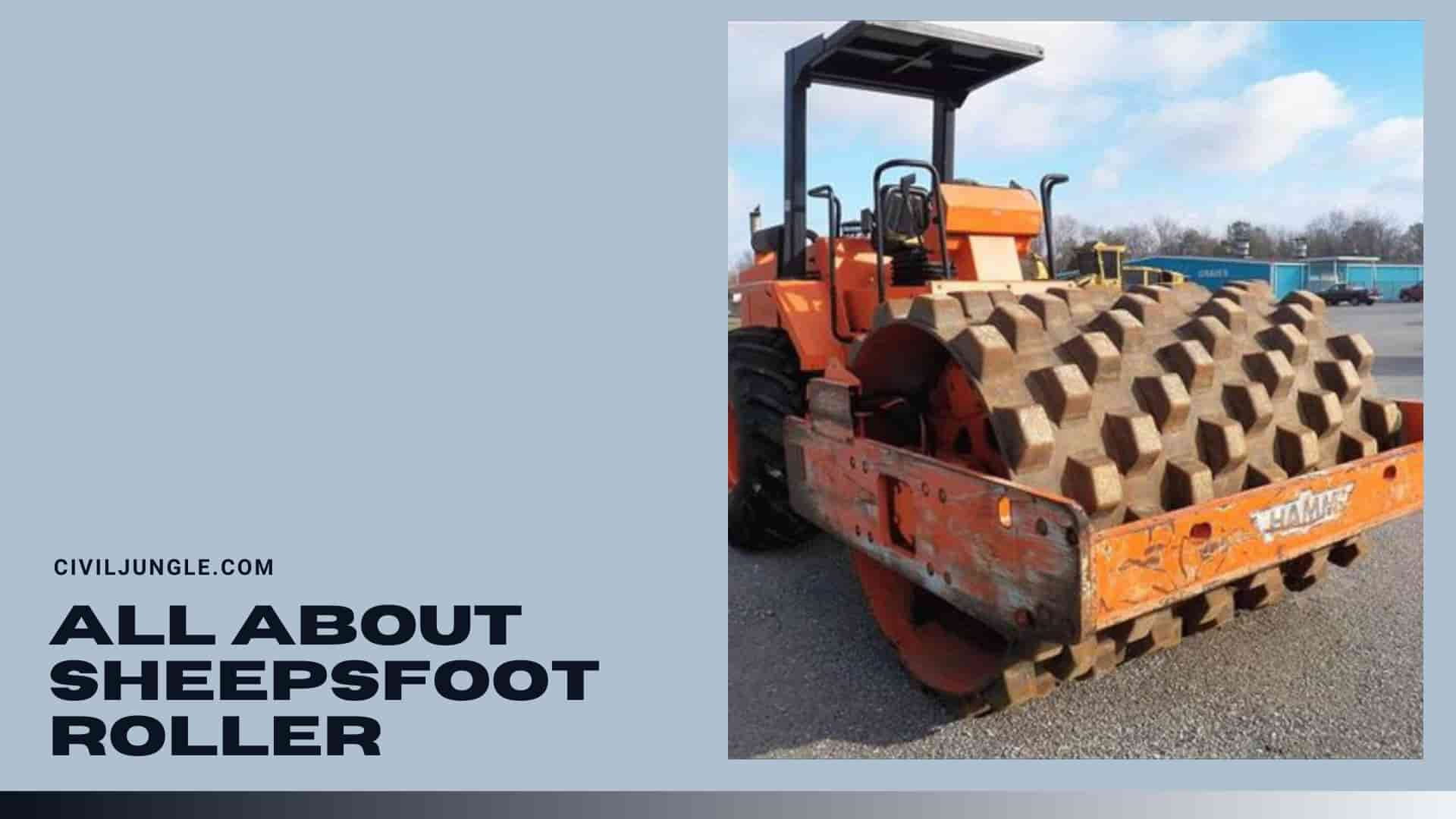
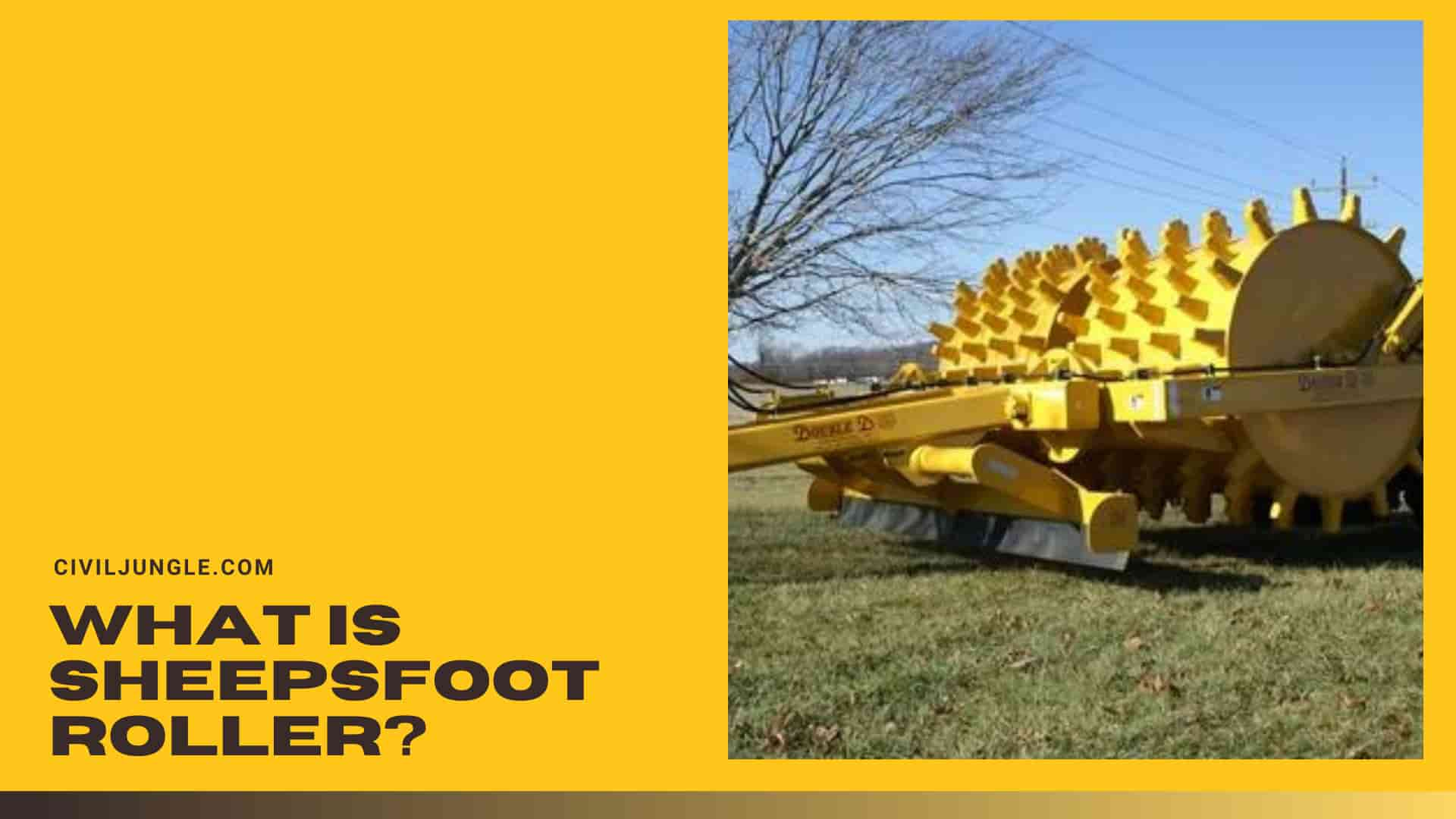
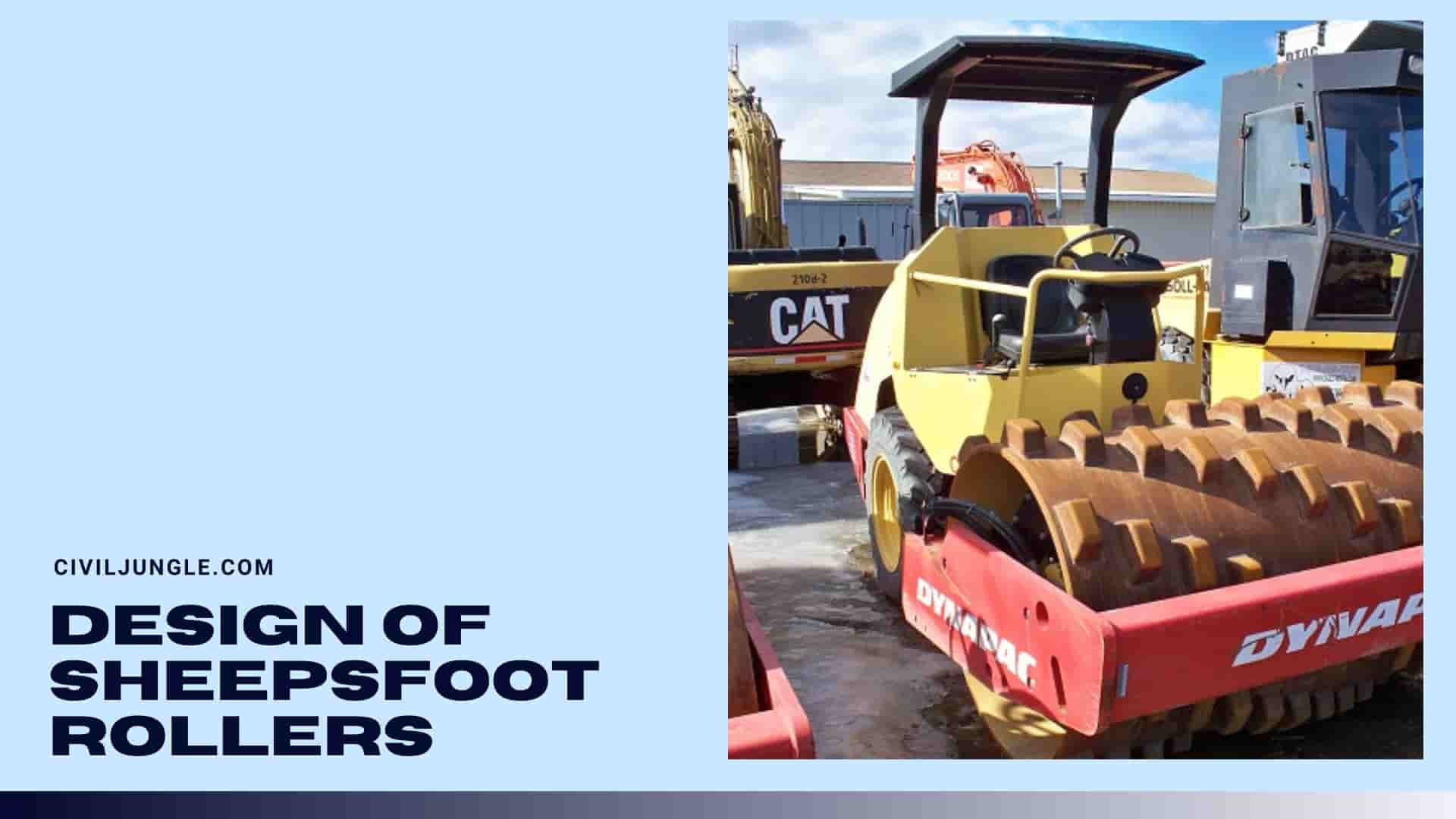
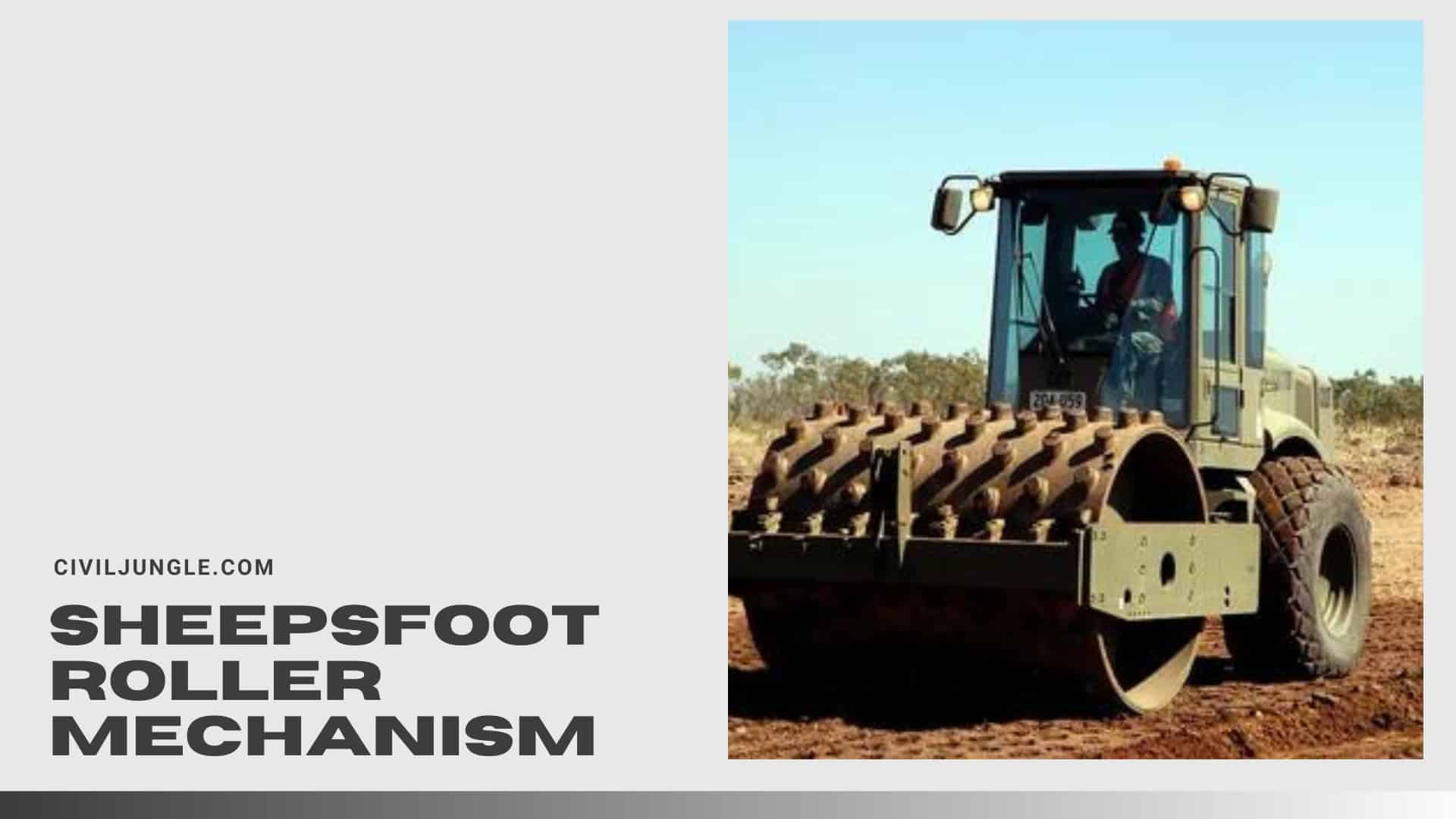
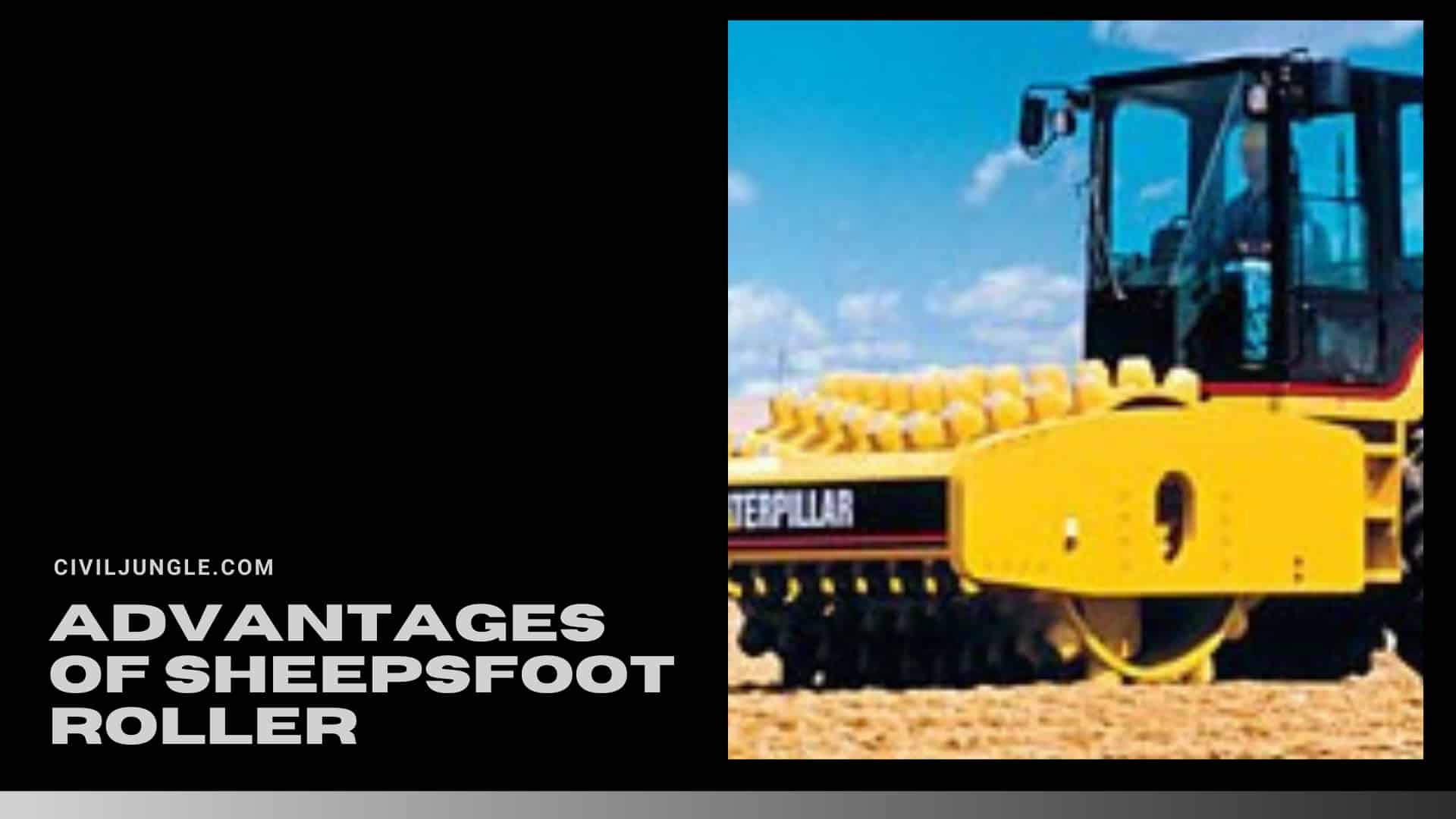
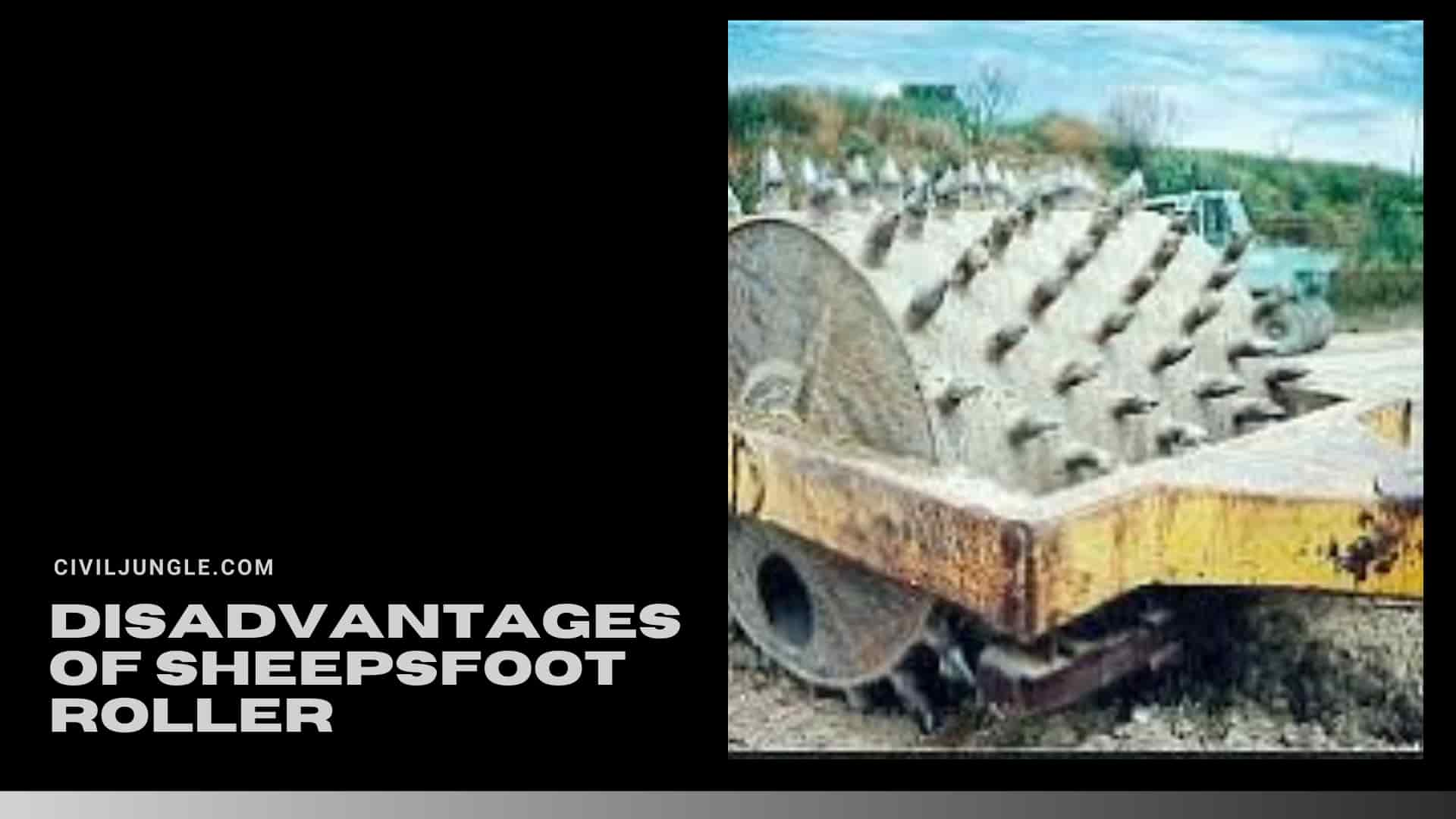

Leave a Reply